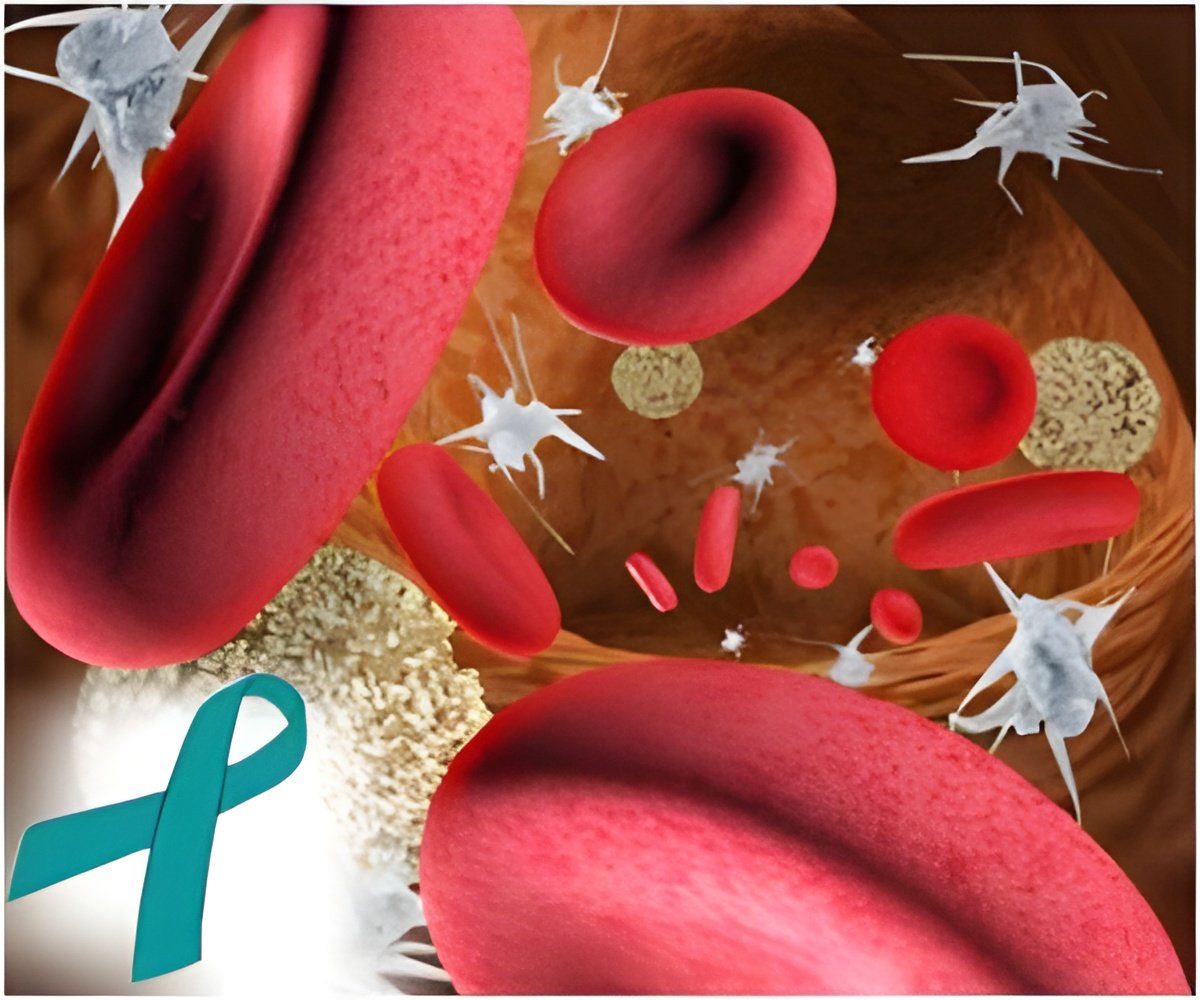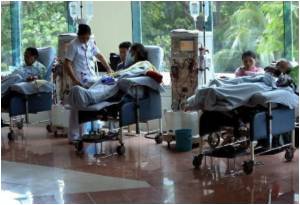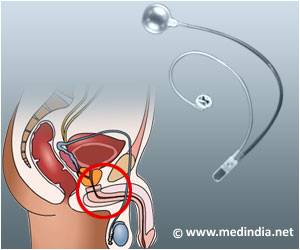Touted for patient convenience, ease and safety, peripherally inserted central catheters have become many clinicians' go-to for IV delivery of antibiotics, chemotherapy, nutrition and other medications.

In recent years, PICCs have become the preferred device through which to administer long-term intravenous fluids, antibiotics and other drugs because they have lower risks of infection, can be conveniently placed at the bedside, and can stay in place for long periods of time. PICCs are also safer to insert, typically placed in the arm, while CVCs are placed into a large vein in the neck, chest or groin and risk damage to nerves or arteries. The ability to keep PICCs in for weeks or even months also allows patients who need a constant flow of medications to go home with these catheters.
"Peripherally inserted central catheters have ushered in a new era of care and certainly the benefits of these devices are significant – but health providers should also be aware that they are not without their own risks and may not be appropriate for every patient," says lead author Vineet Chopra, a hospitalist at UMHS and assistant professor of internal medicine.
"We've gravitated towards using this device over central venous catheters for good reasons, and it may still be the best choice for some people. However, our findings suggest that patients and physicians should carefully review the risks and benefits when it comes to placing PICCs, especially with respect to blood clots. Our study shows that this risk may be higher than previously recognized and suggests that there is no one-size-fits-all approach when considering use of these devices."
Researchers specifically analyzed the risks of deep vein thrombosis – blood clots that form in the vein deep in the body – associated with PICCs relative to CVCs. Patients who received PICCs were more than twice as likely to develop blood clots as those who received CVCs. The frequency of PICC- associated deep vein thrombosis was greatest in patients in the ICU or those with cancer, populations already at high risk of clotting.
PICC-associated deep vein thrombosis is a potentially life-threatening condition that can lead to arm pain, arm swelling, venous damage, lung blood clots and possibly death. The rate of hospitalization for venous thromboembolism continues to climb in the U.S., with more than 330,000 hospital admissions for this condition a year.
Source-Eurekalert
 MEDINDIA
MEDINDIA




 Email
Email










